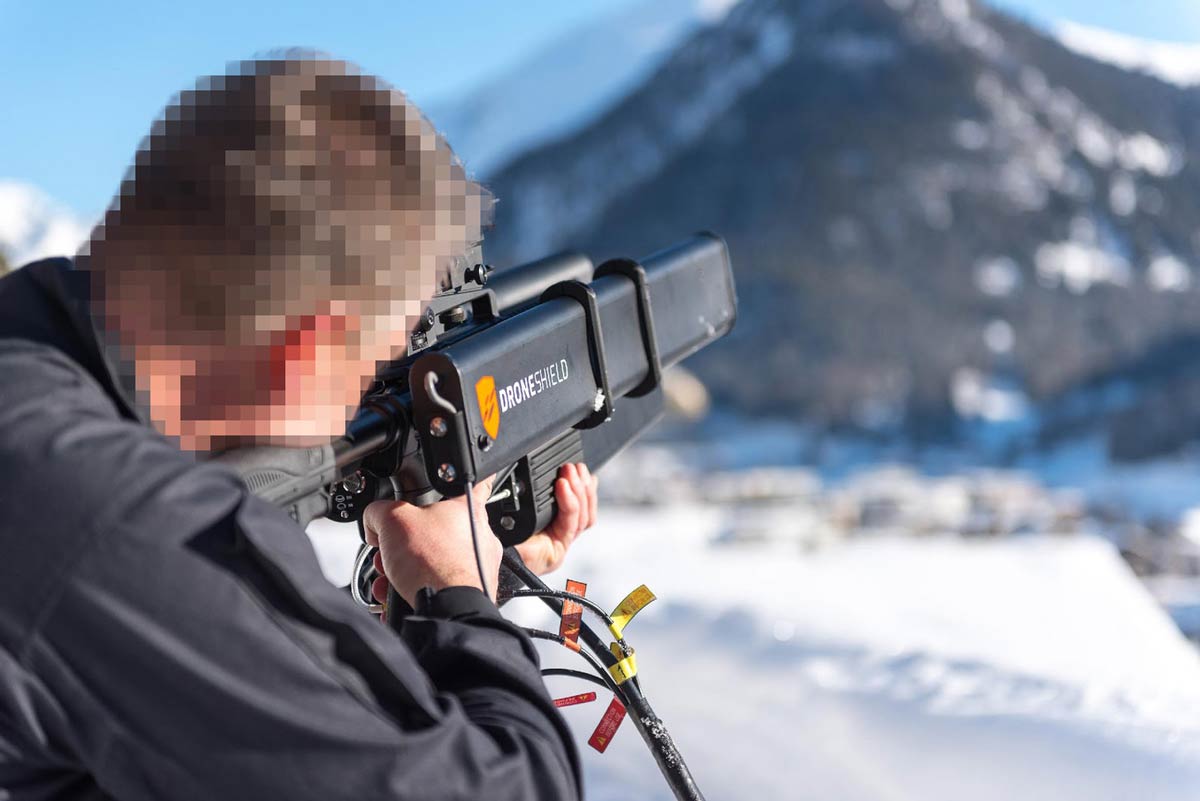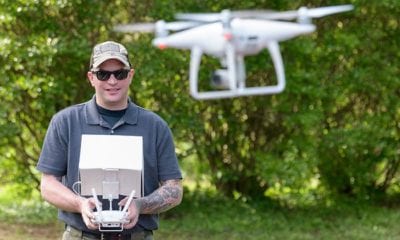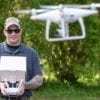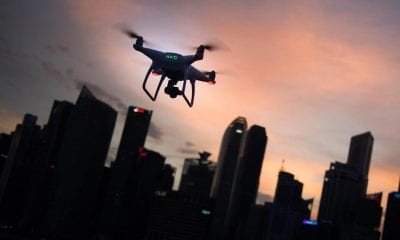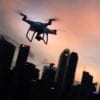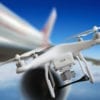Counter Drone
Kinetic Systems as Drone Countermeasures
Experts exploring strategies to counter drone are considering kinetic and electronic countermeasures. A drone tech expert Ken Dunlap and managing partner of Catalyst-Go, a U.S.-based drone and autonomous vehicle consultancy with focus on the security threat aspect of drones in the U.S. has published a series about drone countermeasures based on kinetic systems.
Dunlap cautions that under the current legal and regulatory environment most people and organizations stand unauthorized to employ kinetic systems against drones. It would be prudent however to understand their capabilities since vendors across the globe selling them.
Kinetic systems are countermeasures designed to impact a drone in-flight to disable/damage it. There exists a range of options from trained falcons— raptors designed to attack and take down a drone—to counter-drones that can track and collide with a rogue drone; also ballistic devices such as net guns and shotguns. Firearms and other ballistic systems are the last resort weapons against drones, meaning they are put to use when all of other countermeasures have failed and the drone has made it to its area of interest. Whether firing buckshot or a net, these systems are a last line of defence.
The success of a ballistic system relies on the drone-tracking ability and marksmanship sills. The drone needs to be spotted in time for the fire team to get under the path of the drone, deploy its weapons, and start shooting. These are short-range weapons effective for 100 feet or less and can be defeated by a drone operator maintaining good flight planning and situational awareness in monitoring the drone’s flight path.
Interestingly, birds of prey have been employed for counter-drone activity as well. Trained falcons have been trained to recognize drones and capture drones with their talons. Only a raptor can match the attributes of speed and manoeuvrability of a drone. The major downside of deploying a raptor is the risk to the bird, which some might call an inhumane endeavour.
There exists another option, namely the counter-drone drones. These are drones designed to drop a net on or collide with a hostile drone. This state-of-the-art device is manually operated by a drone operator who uses the cameras in his drone to track and intercept the offending drone. This countermeasure offers the speed and manoeuvrability of a drone necessary to interrupt the offending drone at speed and at altitude. However, it is susceptible to the problem of hitting a bullet with a bullet.
Companies are already testing counter-drone drones that use synthetic vision and autonomy to take the human operator out of the intercept loop. These systems rely on optics and LIDAR to scan the sky, identify targets, and send navigation commands to the intercepting drones. In the long-term, counter-drone drones may represent an effective and affordable solution to rid skies of offending drone systems. As of now jamming systems are likely to play larger roles in counter-drone operations, Dunlap concludes.
Finally, here’s some more information on how Catalyst-Go can make your tech happen.

